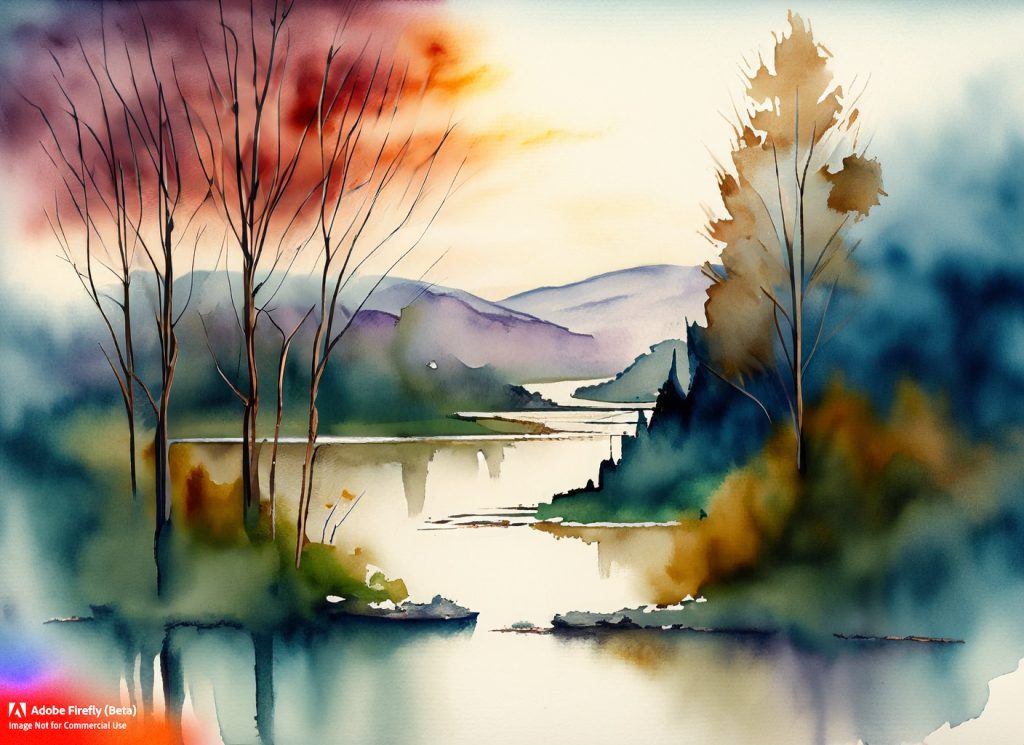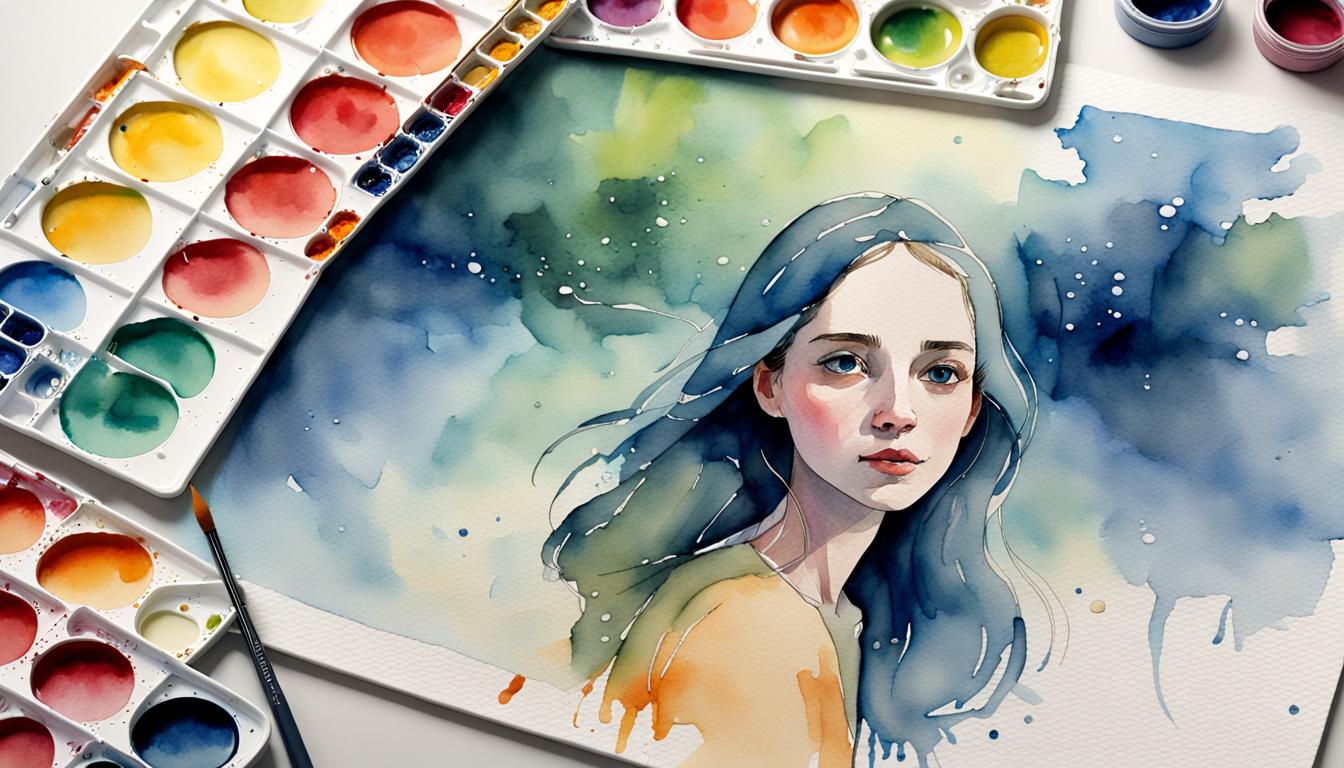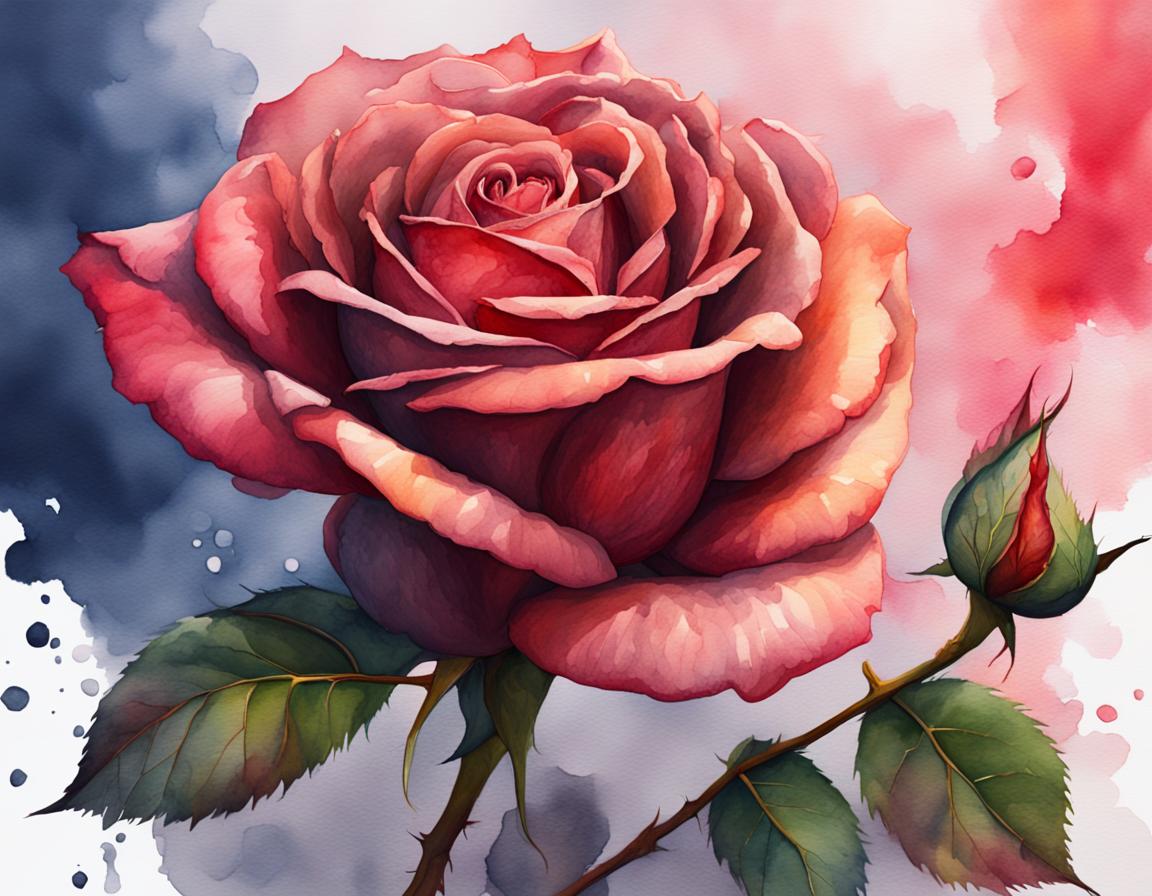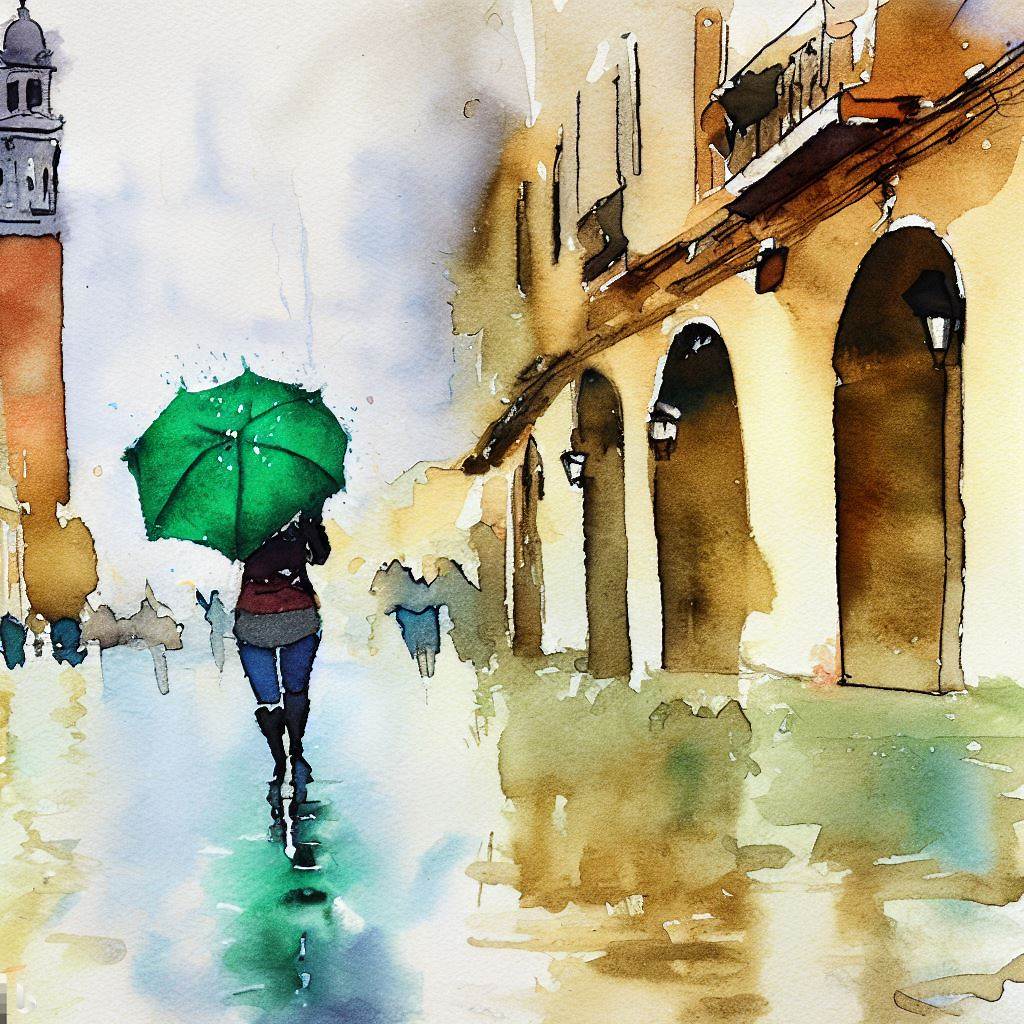What is the Rule of Thirds?
The Rule of Thirds is a fundamental principle in art and photography composition that involves dividing the canvas or image into a grid of nine equal parts using two horizontal and two vertical lines. The intersecting points of these lines are considered focal points, where the main subjects or points of interest should ideally be placed. This rule helps create a visually pleasing and balanced composition.

Origins and Historical Significance
The origins of the Rule of Thirds can be traced back to ancient Greece, where it was observed that dividing a canvas or image using this principle created a more aesthetically pleasing result. This observation led to the development of the “Golden Ratio,” a mathematical concept that further reinforced the idea of proportion and balance in art and design.
How to Use the Rule of Thirds in Watercolor Painting
Watercolor painting is a versatile medium that can benefit greatly from the Rule of Thirds. By applying this rule, artists can create harmonious and well-balanced compositions. It involves positioning the main elements or focal points of the painting along the intersecting lines or at the intersection points to achieve a more visually dynamic result.
Step-by-Step Guide to Using the Rule of Thirds in Watercolor Painting
- Start by envisioning the subject or focal point of your painting.
- Divide your canvas or paper into a 3×3 grid using imaginary lines.
- Identify the intersecting points of the grid lines.
- Position the main subject or focal point at one of these points.
- Arrange other important elements along the grid lines to create balance and harmony.
- Use the grid as a guide throughout the painting process, ensuring that the composition remains well-balanced.
Examples of Watercolor Paintings Using the Rule of Thirds
Watercolor artists have used the Rule of Thirds to create stunning compositions. For instance, a landscape painting may position the horizon line along the bottom or top third of the canvas, creating a visually appealing balance between the sky and land.
Here are some examples of famous watercolor paintings using the rule of thirds:
- “The Hay Wain” by John Constable (1821)
- “The Fighting Temeraire” by J.M.W. Turner (1839)
- “The Starry Night” by Vincent van Gogh (1889)
- “Water Lilies” by Claude Monet (1906)
- “The Bridge over the River Kwai” by David Hockney (1986)
In each of these paintings, the artist has used the rule of thirds to create a more balanced and visually interesting composition. The horizon line is often placed on the lower horizontal line, and the main subject of the painting is placed at one of the intersections of the gridlines. This creates a sense of movement and dynamism in the painting, and it helps to draw the viewer’s eye to the focal point.
Tips for Using the Rule of Thirds in Watercolor Painting
- Experiment with different placements of the focal points to find the most visually appealing composition.
- Use the grid as a starting point but feel free to make adjustments as needed.
- Consider the overall balance and harmony of the painting by distributing elements strategically.
- Use the rule as a guideline but don’t be afraid to break it for artistic effect.
Common Mistakes to Avoid When Using the Rule of Thirds
- Placing the focal point directly in the center, resulting in a static and less interesting composition.
- Ignoring the other elements of the painting and focusing solely on the focal point.
- Being too rigid in following the rule, as sometimes breaking it can lead to more creative and dynamic compositions.
In conclusion, the Rule of Thirds is a valuable tool for watercolor artists seeking to create visually pleasing and balanced compositions. By following this step-by-step guide and incorporating the examples, tips, and avoiding common mistakes, artists can harness the power of the Rule of Thirds to enhance their watercolor paintings and captivate viewers with their artistry.


